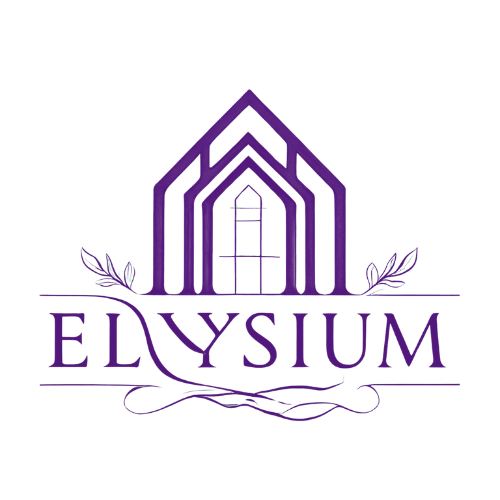Structuring Mezzanine Financing for Value-Add Projects
Value-add real estate projects—whether repositioning, renovating, or repurposing—often require more flexible and nuanced capital solutions than traditional acquisitions. Mezzanine financing has emerged as a critical tool in these scenarios, bridging the gap between senior debt and equity to unlock growth while preserving sponsor upside.
For sponsors aiming to maximize returns while managing risk, understanding how to structure mezzanine financing effectively is essential.
Why Mezzanine Debt Works for Value-Add Deals
Mezzanine financing sits between senior loans and equity in the capital stack, typically secured by a pledge of ownership interests rather than the property itself. As DealRoom explains, this structure allows sponsors to access additional capital beyond senior loan limits without diluting equity excessively.
This is especially important in value-add deals, where lenders price risk based on projected improvements and income stabilization, often capping senior debt at conservative loan-to-value (LTV) ratios. Mezzanine fills that financing gap, enabling sponsors to pursue more aggressive business plans.
Blending Mezzanine with Preferred Equity and Setting Waterfalls
The true power of mezzanine financing lies in how it’s blended with preferred equity and how returns are tiered. According to NYU Stern’s analysis, mezzanine lenders often require fixed or floating interest payments combined with equity kickers or warrants, aligning their upside with project performance.
Sponsors and investors typically negotiate waterfall structures that prioritize mezzanine returns while allowing upside participation through preferred returns and promote splits. For example, mezzanine debt may carry a 10–14% coupon plus 10–20% equity participation, while preferred equity returns around 8–10%, with a tiered waterfall allocating residual profits favoring the sponsor beyond set hurdles.
This alignment creates a capital stack where all parties share risk but also benefit proportionally from value creation.
Best Practices for Structuring Mezzanine Deals
As detailed by EquityMultiple, successful mezzanine financing involves:
Clear subordination terms: Protecting senior lenders while defining rights of mezzanine holders
Flexible repayment schedules: Interest-only or PIK (payment-in-kind) structures to ease cash flow pressure during renovations
Defined exit strategies: Including refinancing or sale triggers to repay mezzanine investors in a timely manner
Robust underwriting: Stress-testing business plans to ensure mezzanine coverage ratios meet lender thresholds
Sponsors that proactively negotiate these terms with both mezzanine and senior lenders create smoother closings and reduce refinancing risk down the line.
Looking to optimize your capital stack for a value-add project? At Estates of Elysium, we specialize in structuring mezzanine and preferred equity layers that align sponsor incentives and investor returns. Whether you’re navigating complex waterfalls or blending debt and equity for the first time, we connect you with capital partners experienced in transitional assets. Visit www.estatesofelysium.com to learn how to structure smarter financing.

